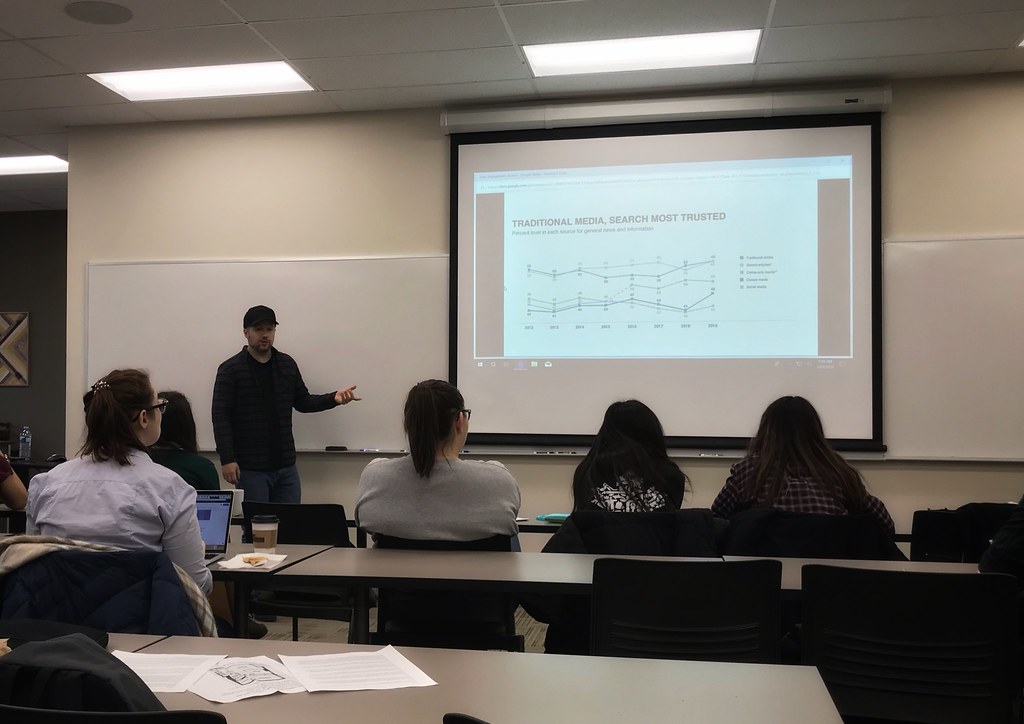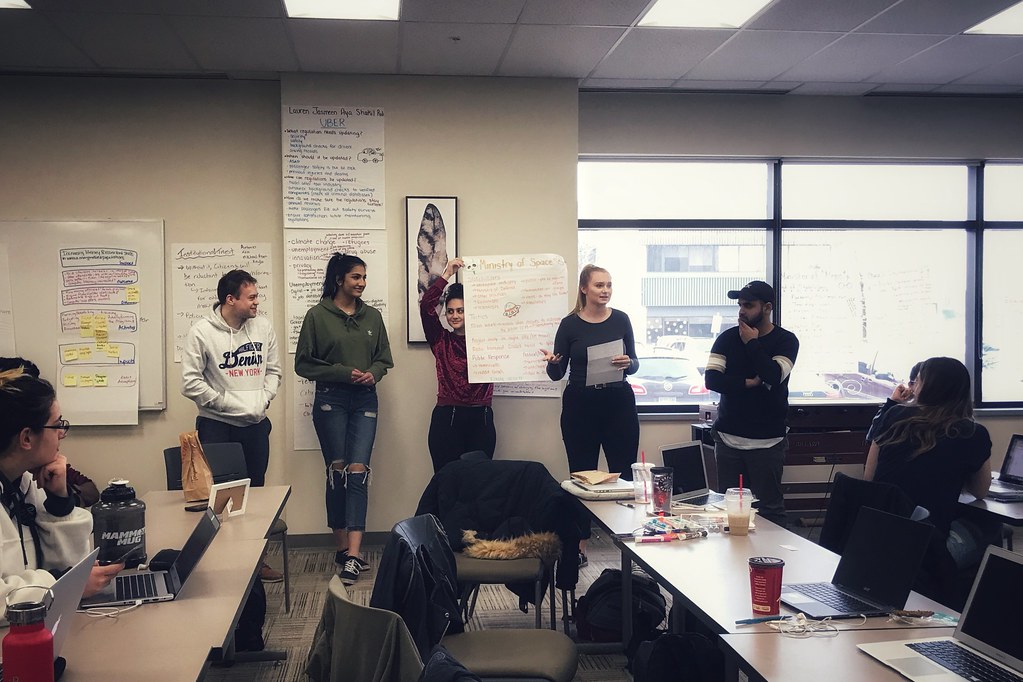Government in a Digital Era: Module 7
From January to April 2019, I’m teaching the “Government in a Digital Era” course as part of the Masters of Public Service program at the University of Waterloo.
I’ve had a few people ask me about the course—what we’re learning, what we’re reading, how the classes are going—so I thought I’d share some information about each module that we cover in the class. Today, I’m sharing the course overview from our seventh module, as well as a link to some of the reflections that the students have done. I’m also sharing what bowtie I wear to class every week because, well, why not?
Module 7: Service Delivery and Public Engagement
Digital tools and technologies have provided unprecedented access to citizens and businesses to interact directly, and more often, with government and public governance. In this module, we will look at how this digitally-mediated, multi-voiced conversation between government and the people it serves changes the way government communicates, receives feedback, provides information, and keeps the public engaged in the democratic process. This conversation between government and people is at the core of open government.
We will look at how open government has changed the way government operates, social media has changed how government provides front-line service and communicates, as well as explore the emerging world of chatbots, artificial intelligence, and other machine-mediated tools to provide government services that were previously delivered in person. Additionally, we will highlight successful application-based service delivery (e.g. licensing, registration, etc.) around the world and determine what makes a good digital service—both from the front end and the back.
Guest Lecture: Trevor Rutherford, Senior Partnerships Manager, Ontario Digital Service
Learning Outcomes:
- Understand the changes to service delivery that have come from the advent of digital communication tools and the application-based service delivery.
- Gain awareness of the emerging era of machine-mediated service delivery and what it means to the public service.
- Critically examine the effect on public participation and public engagement that comes from having increased access to government.
Activity:
Activity details and materials available in this Google Doc.
Resources and Reading:
- Core Values for the Practice of Public Participation, IAP2
- Ontario Public Service social media guidelines
- Social media Terms of Use
- Ontario government service standards
- The secret lives of Facebook moderators in America, Casey Newton
- Good services are verbs, bad services are nouns, Louise Downe
- Rebooting GDS, Simon Wardley
- Instruction Slides
Student Reflections
At the start of the course, I asked students to share their reflections on each module, and encouraged them to share them publicly where they felt comfortable. A few of them took me up on the challenge:
- Some reflections shared on blogs: 1, 2, 3, 4, 5, 5, 6
- Some reflections shared on Twitter: 1, 2, 3
- The penultimate episode of the class podcast. This one has to be one of my favorite episodes.
I’ve encouraged more students to share their thoughts in the open, rather than simply uploading their files. Hopefully, more to come next week, the final week of class!
Bowtie of the Week (and other photos)
I wear a bowtie to class every week, so I thought I’d end this post with a snapshot of that bowtie, and any other snapshots from the class.



